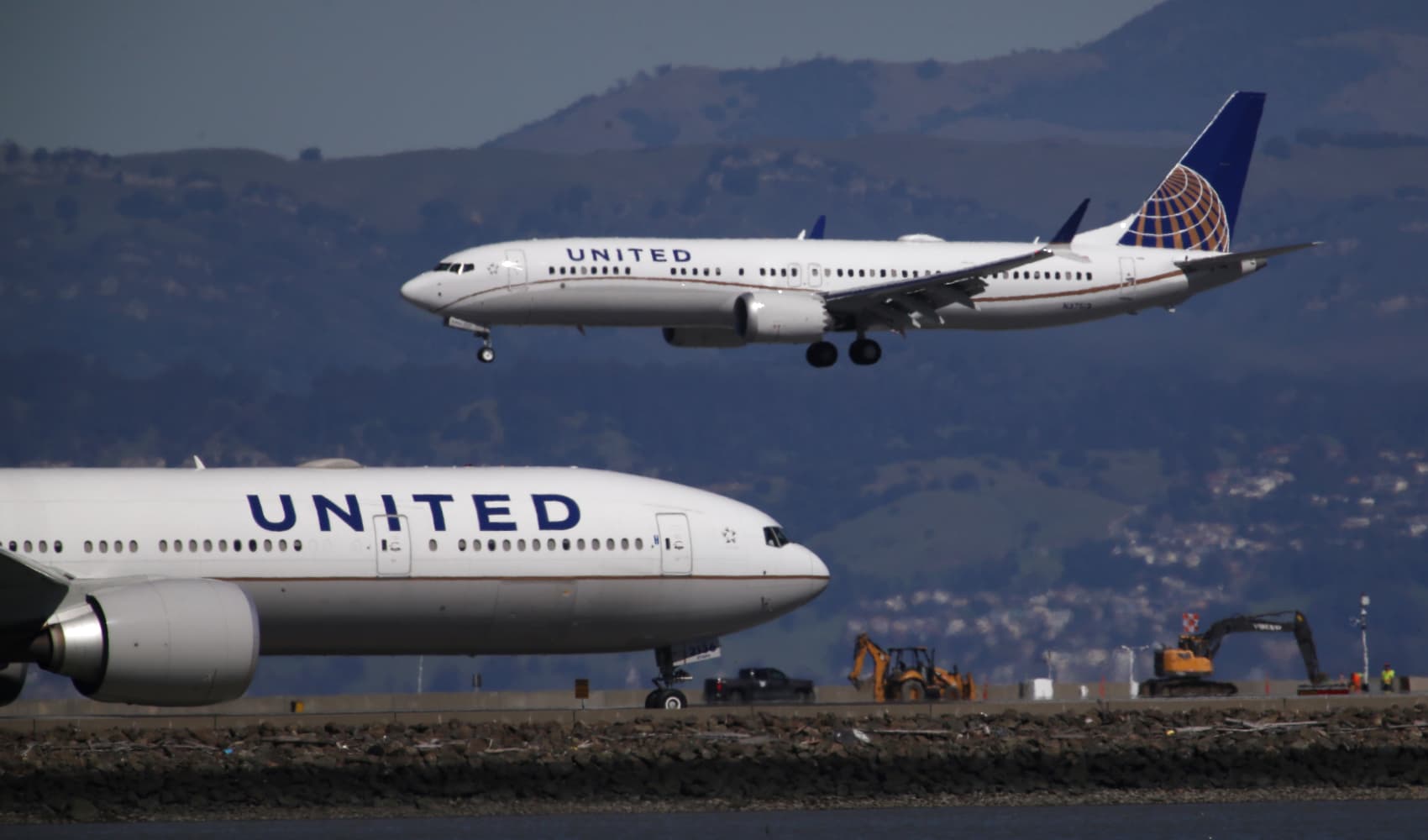
- More than two-thirds of beneficiaries do not check during fall enrollment to see if there's a more cost-effective or suitable plan.
- The annual window, which starts Friday and runs through Dec. 7, is when you can make changes related to prescription drug coverage and Advantage Plans.
- Any modifications you make would take effect Jan. 1.
This is one of those times you may not want to follow the herd.
Most Medicare beneficiaries — 71% — do not explore their coverage options during open enrollment, according to a new Kaiser Family Foundation study. Because the specifics of health plans change from one year to the next, experts say this is a mistake.
"It can be a really unpleasant surprise for people who think they're happy with their plan and then in January they have to confront the reality that their plan changed, which has an impact on their care or out-of-pocket costs," said Juliette Cubanski, deputy director for the foundation's program on Medicare policy.
Feeling out of the loop? We'll catch you up on the Chicago news you need to know. Sign up for the weekly Chicago Catch-Up newsletter here.
More from Personal Finance:
Here's how you can update your budget for the fall
Drop in birth rates may have lasting economic impact
Good financial habits used the most by ‘super savers’
Medicare's fall open enrollment period starts Friday and runs through Dec. 7. In simple terms, this annual window is for adding or changing coverage related to an Advantage Plan (Medicare Part C) and/or prescription drugs (Part D).
You can switch, add or drop those parts of your coverage, and changes go into effect Jan. 1. If you take no action, your 2021 plan generally would continue into 2022.
Money Report
Fall open enrollment touches most beneficiaries in one way or another due to the coverage they select. For instance, of Medicare's 63.3 million enrollees, 26.7 million choose to get their Part A (inpatient care) and Part B (outpatient care) benefits delivered through Advantage Plans, which are likely to include Part D.
The remainder stick with original Medicare (Parts A and B) and often pair it with a standalone Part D plan. Altogether, 48.5 million beneficiaries have prescription drug coverage through either an Advantage Plan or a standalone plan.
Among beneficiaries in Advantage Plans, 68% said they did do any comparisons, according to Kaiser's research, which examined 2019 coverage choices. That compares with 73% of those in original Medicare.
Changes to your Advantage Plan could include adjustments to monthly premiums, copays, deductibles, coinsurance or the maximum out-of-pocket limit. Your drug coverage could change as well, as could doctors, hospitals and other providers that are considered in-network for your Advantage Plan.
If you discover after fall enrollment that the Advantage Plan you picked is not a good fit, you can change your coverage between Jan. 1 and March 31. You would be able to switch to either another Advantage Plan or to original Medicare and a stand-alone prescription plan.
However, you would be unable to switch from your standalone Part D plan to another during that early-year window.
The average monthly premium for Advantage plans will be $19 next year, down from $21.22 in 2021, according to the Centers for Medicare & Medicaid Services. The average 2022 monthly premium for Part D coverage will be $33, up from $31.47 this year.
Part B monthly premiums — as well as other various cost details — for 2022 have not been announced yet. However, the standard Part B premium is anticipated to rise to $158.50 from $148.50 this year, according to the latest Medicare trustees report.






